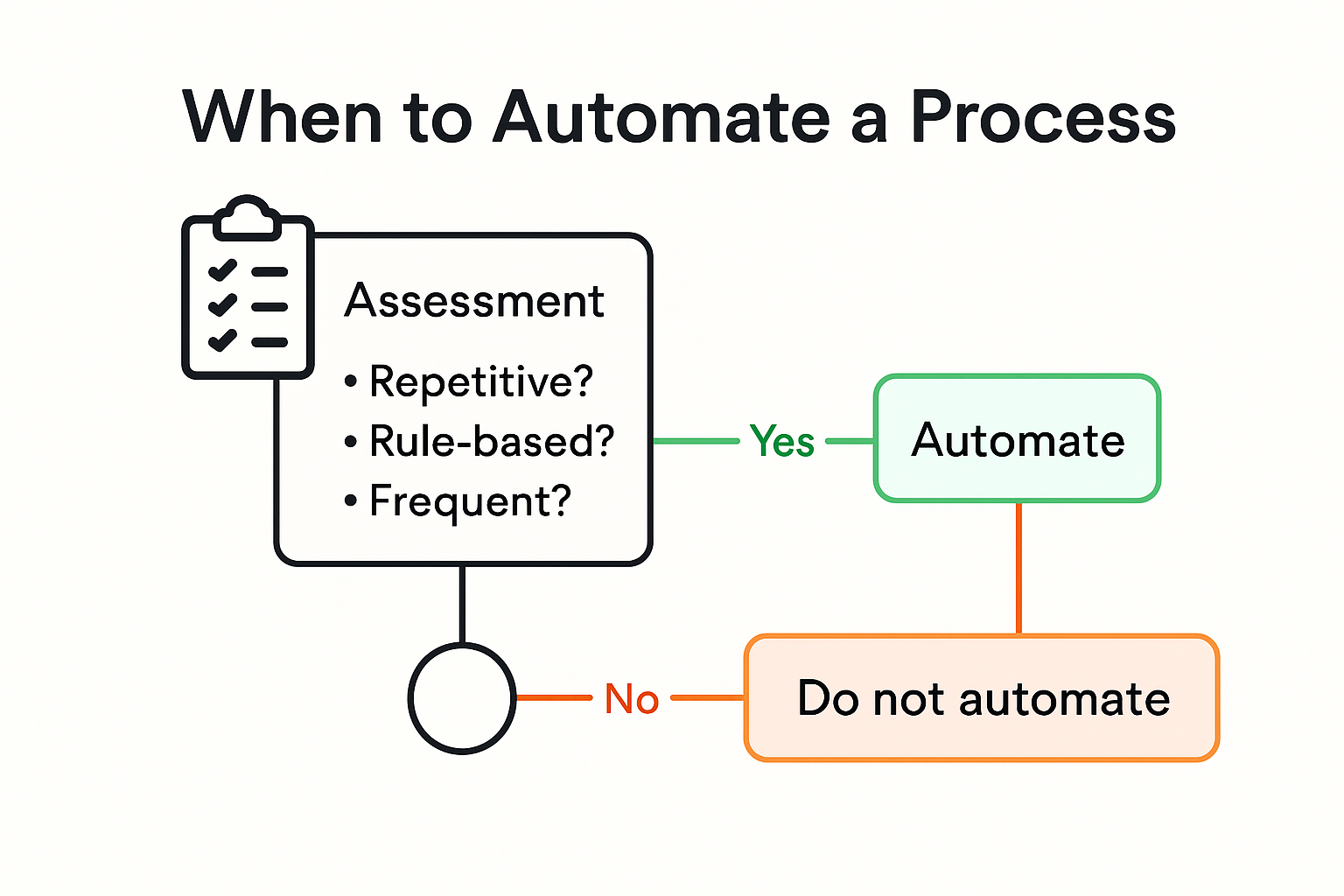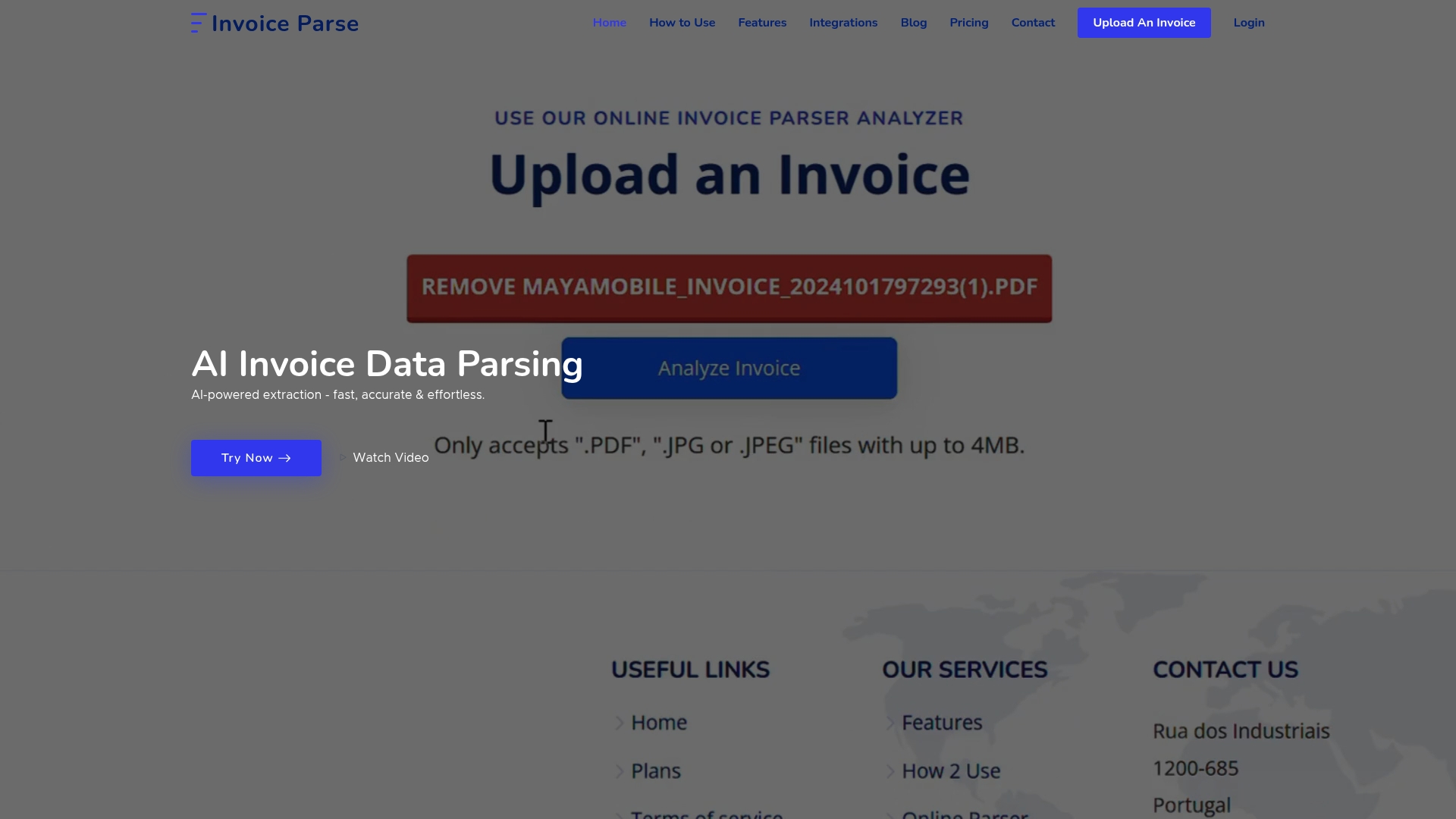Automating repetitive tasks has become the secret weapon for companies trying to get ahead and save money. Surprising, right? While you might expect automation to just chip away at tedious work, the real shock is in the numbers—the U.S. Department of the Treasury saved more than 146,000 hours by rolling out just 110 automations. That hardly sounds like robots are stealing jobs. It means more human energy gets spent on creative problem solving instead of mindless copying and pasting.

Automating Repetitive Tasks: Boost Efficiency and Cut Costs
Table of Contents
- Why Automating Repetitive Tasks Matters
- Key Areas To Automate In Finance And Accounting
- Best Tools And Strategies For Task Automation
- Overcoming Challenges When Automating Workflows
Quick Summary
| Takeaway | Explanation |
|---|---|
| Automate to Save Time and Resources | Automating repetitive tasks reduces manual labor, saving employees time for strategic efforts and minimizing errors. |
| Focus on High-Impact Areas | Finance and accounting tasks like invoice processing and expense management are ideal for automation, maximizing efficiency gains. |
| Leverage the Right Tools | Utilize project management and automation platforms to streamline workflows, enhance collaboration, and reduce administrative burdens. |
| Address Resistance to Change | Prepare for employee pushback by ensuring clear communication and providing training on new automation technologies. |
| Ensure Transparency in Processes | Maintain transparent automation systems by documenting decision-making processes and allowing human intervention in unforeseen circumstances. |
Why Automating Repetitive Tasks Matters
In the world of business, time is a critical resource that directly impacts productivity and profitability. Automating repetitive tasks has emerged as a powerful strategy for organizations seeking to maximize efficiency and reduce operational costs. The significance of task automation extends far beyond simple time savings.
The Hidden Cost of Manual Work
Manual processes consume substantial organizational resources. According to a study by George Mason University’s Center for Business Civic Engagement, Robotic Process Automation (RPA) can dramatically transform business operations. Employees often spend hours performing repetitive tasks that could be easily automated, creating significant opportunity costs. These mundane activities not only drain productivity but also lead to increased chances of human error.
Quantifiable Benefits of Automation
The impact of automating repetitive tasks is not just theoretical. The U.S. Department of the Treasury’s Administrative Resource Center provides compelling evidence of automation’s potential. By implementing over 110 automations, they saved more than 146,000 cumulative hours. This translates to substantial cost reductions and allows employees to focus on more strategic, value-added activities.
Transforming Organizational Productivity
Automation is not about replacing human workers but empowering them. When repetitive tasks are automated, professionals can redirect their energy towards creative problem solving, strategic planning, and innovation. Research published in Public Health Reports demonstrates the financial impact, with one study showing a cost reduction from $1.2 million to $275,000 by automating data collection and analysis processes.
For businesses looking to dive deeper into automation strategies, our comprehensive guide on streamlining workflows offers practical insights into implementing effective automation solutions. By understanding and embracing automation, organizations can unlock unprecedented levels of efficiency and competitive advantage.
Key Areas to Automate in Finance and Accounting
Finance and accounting departments are prime candidates for automation, with numerous repetitive tasks that can significantly benefit from technological intervention. Identifying the right areas to automate can transform financial operations from time-consuming manual processes to efficient, accurate systems.
Invoice Processing and Data Extraction
Invoice management represents one of the most critical areas for automation. Traditional invoice processing involves manual data entry, which is not only time-consuming but prone to human error. Research from McKinsey indicates that organizations can reduce invoice processing costs by up to 80% through intelligent automation. Automated systems can instantly extract key information such as vendor details, invoice numbers, total amounts, and payment dates with remarkable accuracy.
Financial Reporting and Reconciliation
Reconciliation processes traditionally demand extensive manual effort. According to Deloitte’s financial automation research, companies that implement automated reconciliation tools can reduce financial close times by 50% and minimize discrepancies. Automation enables real-time matching of financial records, tracking discrepancies, and generating comprehensive reports without human intervention. For professionals seeking to streamline their financial workflows, our detailed guide on bookkeeping automation provides practical strategies for implementation.
Expense Management and Compliance
Expense tracking and compliance represent another crucial area ripe for automation. Manual expense report processing is notoriously complex, involving multiple steps of verification, approval, and reimbursement. Automated systems can rapidly capture expense details from receipts, validate them against company policies, route approvals electronically, and integrate directly with accounting systems. This not only accelerates reimbursement processes but significantly reduces the potential for fraudulent or non-compliant expense submissions.
By strategically implementing automation across these key financial areas, organizations can unlock substantial efficiency gains, reduce operational costs, and redirect human talent towards more strategic financial planning and analysis. The future of finance is not about replacing human professionals but empowering them with intelligent technological tools that transform traditional workflows.
Below is a summary table highlighting the key automation opportunities in finance and accounting discussed in the article. This table shows the focus area, example automated processes, and main benefits.
| Area | Example Processes | Main Benefits |
|---|---|---|
| Invoice Processing | Data extraction from invoices | Cuts manual entry time, reduces errors, saves cost |
| Financial Reporting | Account reconciliation | Accelerates close cycles, improves accuracy |
| Expense Management | Expense report validation, approvals | Faster reimbursement, improved compliance |

Best Tools and Strategies for Task Automation
Successful task automation requires a strategic approach and carefully selected tools that align with organizational needs. The right combination of technology and methodology can transform how businesses manage repetitive tasks and optimize workflow efficiency.
Productivity and Project Management Tools
Research from Marquette University highlights the critical role of technology in workplace productivity. Project management platforms like Trello, Asana, and Monday.com offer robust automation features that streamline task assignment, tracking, and collaboration. These tools enable teams to create automated workflows, set up recurring tasks, and generate notifications without manual intervention. By implementing such solutions, organizations can reduce administrative overhead and ensure consistent task management across departments.
Integration and Workflow Automation Platforms
Advanced integration platforms have revolutionized task automation. Tools like Zapier and Make allow businesses to connect different software applications, creating seamless automated workflows. For instance, you can automatically transfer invoice data from email attachments to accounting software, trigger notifications when specific conditions are met, or synchronize information across multiple platforms. Our comprehensive bookkeeping automation guide provides insights into effectively implementing these integration strategies.
AI-Powered Automation Solutions
Rutgers University’s Learning Centers recommend leveraging AI-powered tools to enhance productivity. Modern automation solutions incorporate machine learning algorithms that can adapt and improve over time. These tools go beyond simple rule-based automation, offering intelligent task recognition, predictive analytics, and context-aware processing. For financial and administrative tasks, AI-driven platforms can learn from historical data, identify patterns, and suggest optimizations that human operators might overlook.
Successful task automation is not about replacing human workers but empowering them to focus on high-value strategic activities. By carefully selecting and implementing the right tools, businesses can create more efficient, responsive, and intelligent workflows that drive productivity and innovation.
The table below compares three categories of task automation tools mentioned in the article, summarizing their core functions and representative examples.
| Tool Category | Core Function | Example Tools |
|---|---|---|
| Productivity/Project Management Tools | Automate task assignment, tracking, collaboration | Trello, Asana, Monday.com |
| Integration/Workflow Automation | Connect and automate actions across different platforms | Zapier, Make |
| AI-Powered Automation Solutions | Intelligent recognition, predictive analytics, learning | AI-driven workflow tools |
Overcoming Challenges When Automating Workflows
While task automation offers tremendous benefits, organizations frequently encounter significant obstacles during implementation. Understanding and proactively addressing these challenges is crucial for successful digital transformation and workflow optimization.
Identifying Suitable Processes for Automation
Research from the National Institutes of Health emphasizes the importance of carefully selecting processes appropriate for automation. Not all tasks are equally suitable for technological intervention. Organizations must conduct thorough assessments to identify workflows characterized by high repetition, manual data entry, and consistent rule-based decision-making. Processes with complex, nuanced decision trees or frequent exceptional circumstances may require more sophisticated automation strategies or continued human oversight.

Managing Technological Integration and Staff Resistance
Technological integration represents a significant challenge in workflow automation. Brookings Institution research highlights the critical need to integrate automation tools seamlessly into existing systems while maintaining workforce morale. Employee resistance often stems from fear of job displacement or uncertainty about new technologies. Successful implementation requires transparent communication, comprehensive training programs, and demonstrating how automation complements rather than replaces human expertise. Our detailed guide on invoice processing challenges provides insights into navigating these complex organizational dynamics.
Ensuring Transparency and Continuous Improvement
Transparency in automated systems is paramount. Advanced research on technological adoption recommends that organizations provide clear explanations of algorithmic decision-making processes. This includes documenting limitations, potential biases, and establishing mechanisms for human intervention when automated systems encounter unexpected scenarios. Continuous monitoring, regular performance assessments, and adaptive learning mechanisms enable organizations to refine their automation strategies progressively.
Overcoming automation challenges requires a holistic approach that balances technological capabilities with human expertise. By adopting a strategic, empathetic implementation method, businesses can transform potential obstacles into opportunities for innovation and efficiency.
Frequently Asked Questions
What are the benefits of automating repetitive tasks?
Automating repetitive tasks can save time and resources, reduce human errors, and allow employees to focus on more strategic and creative activities. It can also lead to significant cost reductions for organizations.
Which areas in finance and accounting can benefit most from automation?
Key areas include invoice processing, financial reporting, and expense management. Automating these tasks can enhance efficiency, reduce manual entry, and improve accuracy in financial operations.
What tools are recommended for automating repetitive tasks?
Tools like Trello, Asana, Zapier, and AI-powered automation solutions can streamline workflows, manage projects, and enhance collaboration. These tools can help integrate different systems and automate various processes effectively.
How can organizations overcome resistance to automation among employees?
Successful implementation of automation requires transparent communication, comprehensive training, and demonstrating how automation complements human expertise, rather than replaces it. Engaging employees in the process can help mitigate resistance.
Ready to Eliminate Manual Data Entry and Boost Efficiency?
Are endless hours wasted on manual invoice processing holding your team back? The article you just read highlights the real cost of repetitive tasks in finance, from wasted time to missed opportunities for strategic growth. If you want to see how automation frees up your staff and cuts errors, it is time to upgrade your workflow with intelligent solutions.

Experience instant and accurate invoice data extraction with Invoice Parse. Upload your invoices in PDF or image formats and receive structured results—no templates or setup required. Connect parsed data directly to Excel, Power BI, or automation tools for a smooth and efficient process. Want to see the impact for yourself? Start now by visiting Invoice Parse and discover just how easy automation can be. For more ideas on transforming your financial processes, explore actionable strategies in our guide to bookkeeping automation. Take control of your time and reduce costs today.
Recommended
- AI Invoice Parse – Key Benefits of Invoice Automation for Businesses
- AI Invoice Parse – How to Automate Bookkeeping: Simple Steps for 2025
- AI Invoice Parse – Automated Invoice Processing: Simplify Your Workflow in 2025
- AI Invoice Parse – Automated Invoice Reconciliation: Save Time and Reduce Errors
- Top 7 Accounting Tasks to Automate in 2025 - Ready Accounting
- Automating Business Processes with Adobe PDF Solutions - Mapsoft
